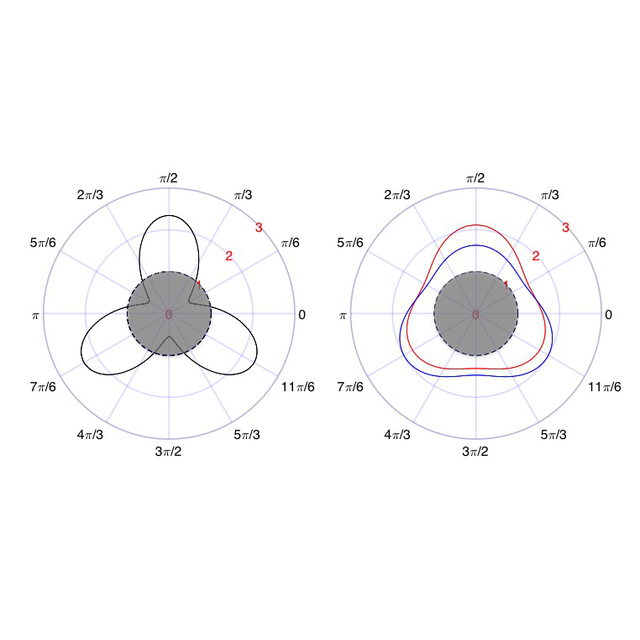Physicists have discovered an unexpected theoretical track to optimize the non-linear generation of triple-photon quantum states. The conclusion: it is better to avoid a blindly taking inspiration from the analoguous and well-controlled process of double-photon quantum states generation.
The generation of entangled triple-photons by nonlinear optical interaction would be the most direct way of producing non-Gaussian quantum statistics, which are the key to many advanced quantum protocols. What could be more natural than to draw on the knowledge acquired over the past three decades on double-photons (or twin photons), which have enabled the most astonishing demonstrations of quantum optics, to optimize the triple-photons generation? However in the best experimental conditions, less than a triple-photon every three months could theoretically be emitted from a non-linear cristal by spontaneous emission. The third order non-linear coefficient generating the triple-photons is indeed several orders of magnitude lower than that of second order, generating the twins. Physicists from the Centre of Nanoscience and Nanotechnology – C2N (CNRS/Univ. Paris-Sud) and from Neel Institute (CNRS) have theoretically demonstrated the possibility of going beyond these limits by getting out from the analogy with the twin photons generation mechanism. Their results were published in the Physical Review Letters.
The equations controling the continuous variables triple-photon states quantum entanglement generation process do not have known analytical solution. Physicists have proceeded by a so-called perturbative method by considering up to the fifth order terms. They solved the resulting equations by numerical methods. They demonstrated that simultaneously with pumping, triggering the non-linear effect with seed photons at the same frequency as the emitted triple-photons is necessary to reach the triple-photons continuous variable entanglement. Researchers have also shown that entanglement increases when the seeding rate increases. A singular mechanism since in the case of twin photons generation, the quantum entanglement is destroyed by the injection. The injection mechanism also makes it possible to increase by several orders of magnitude the efficiency of the third-order non-linear interaction. These theoretical results break down the barriers to an experimental realization on which the teams from C2N and Neel Institute began to work as part of a joint research project.
This work opens the way for a deep investigation of triple-photons quantum properties, as well as the development of advanced quantum protocols for cryptography.
Figure: Gain (left) and variances (right) distribution of triple-photons quautum states showing the three lobes as a function of the phase. © C2N / K. Bencheikh
More about the publication
Continuous variables triple-photon states quantum entanglement
E. A. Rojas Gonzalez, A. Borne, B. Boulanger, J. A. Levenson, and K. Bencheikh
Physical Review Letters (January 2018)
DOI: https://doi.org/10.1103/PhysRevLett.120.043601
Contact
Kamel Bencheikh, CNRS Researcher (kamel.bencheikh@c2n.upsaclay.fr)
Additional informations
- Centre for Nanoscience and Nanotechnology – C2N (CNRS/Université Paris-Sud)
- Department of Engineering Sciences, Uppsala University, Sweden
- Weizmann Institutes of Science, Israel
- Neel Institute, CNRS laboratory associated to Université Grenoble Alpes and Grenoble INP









